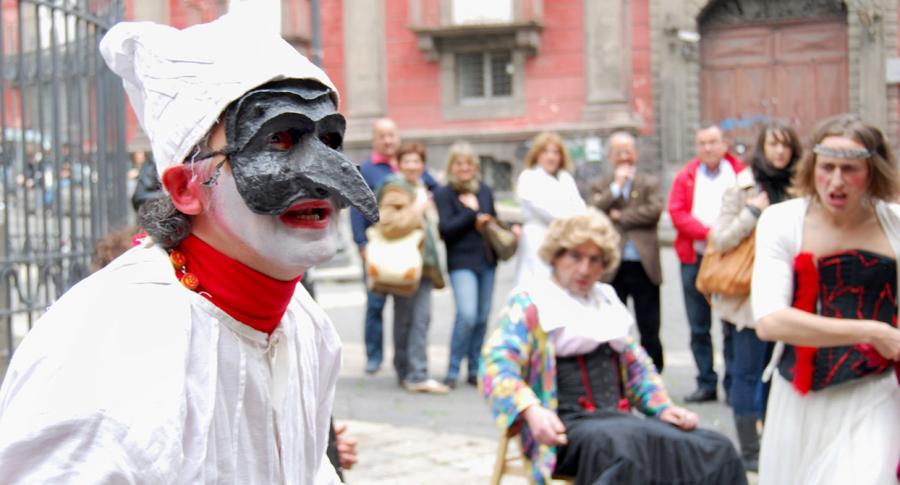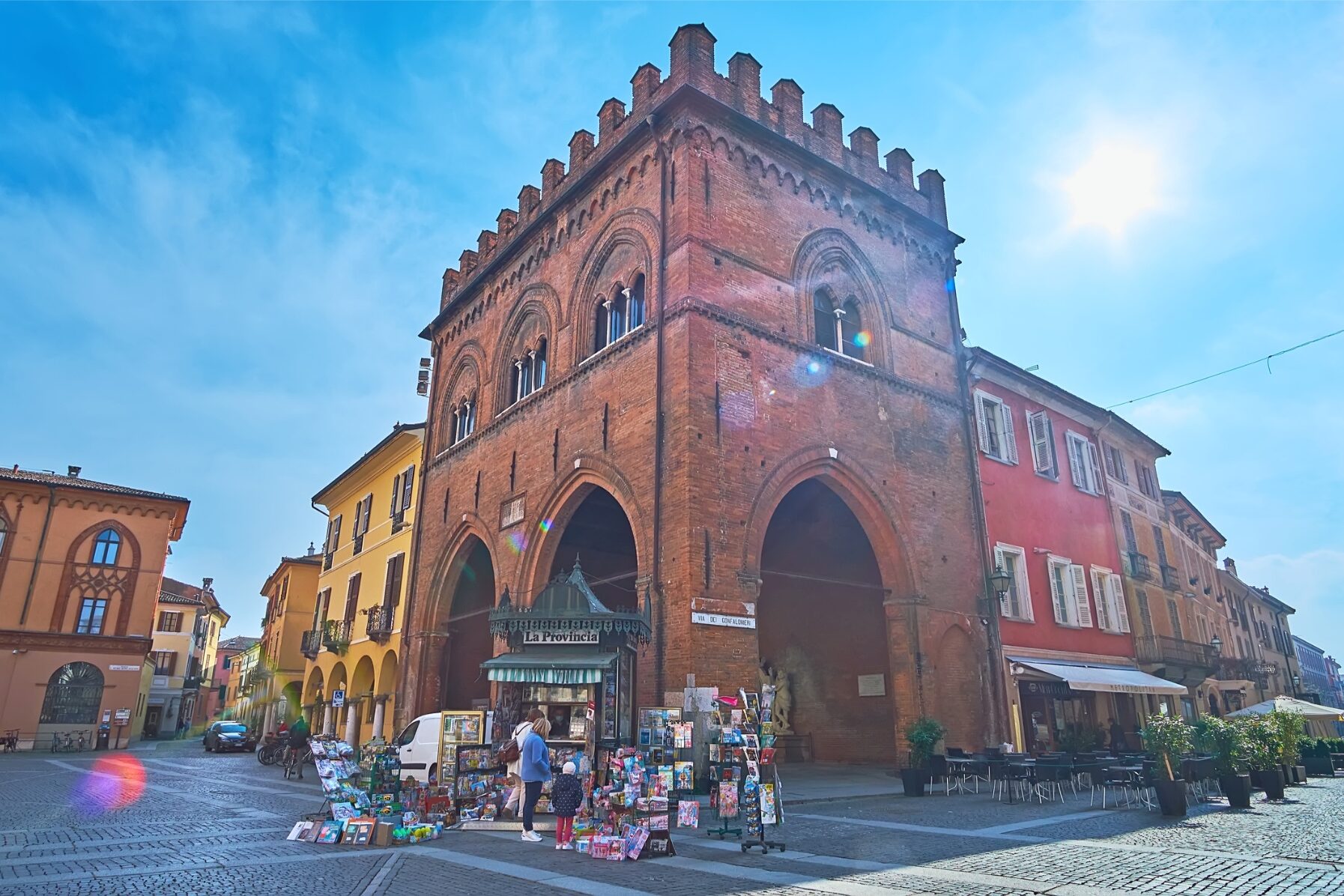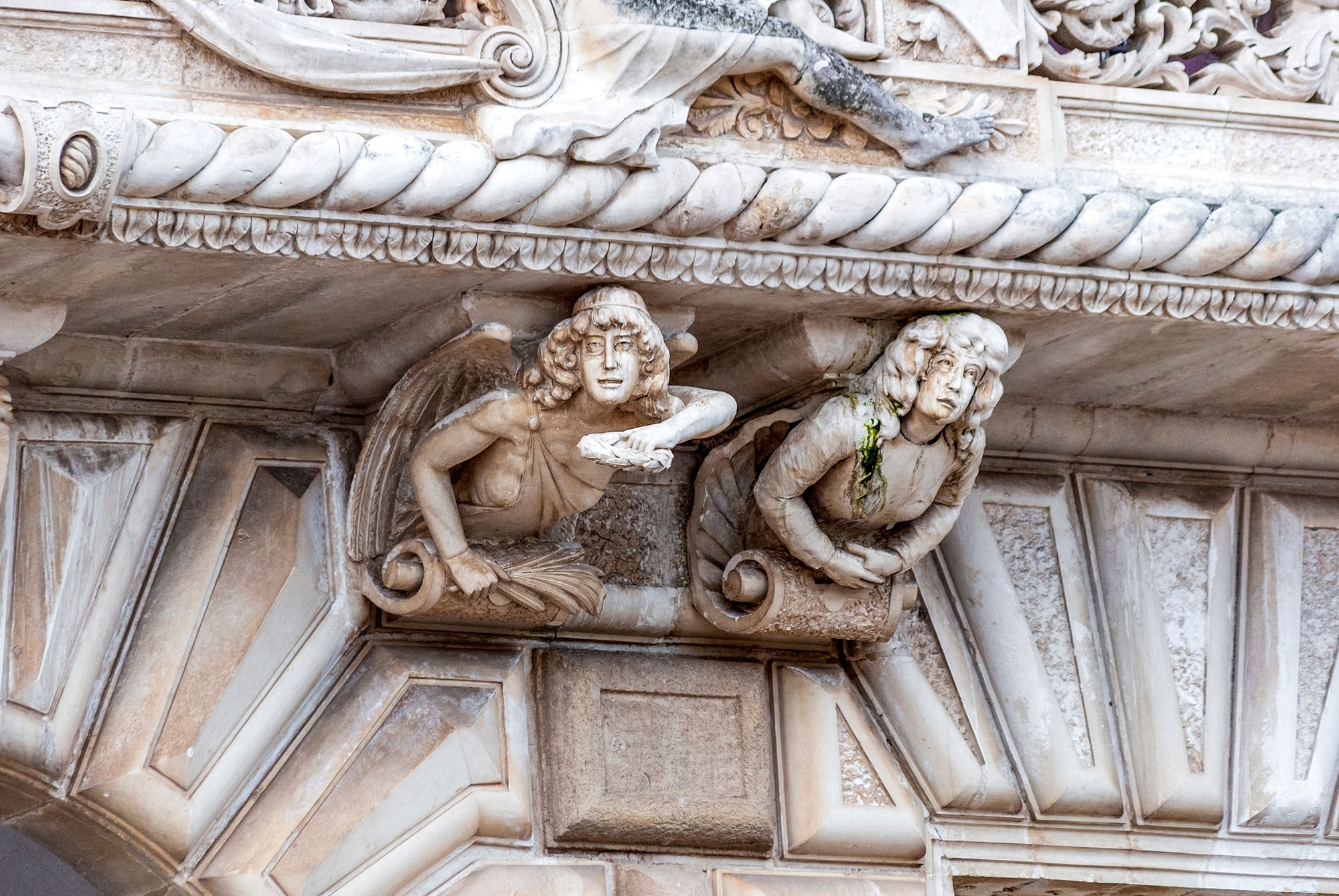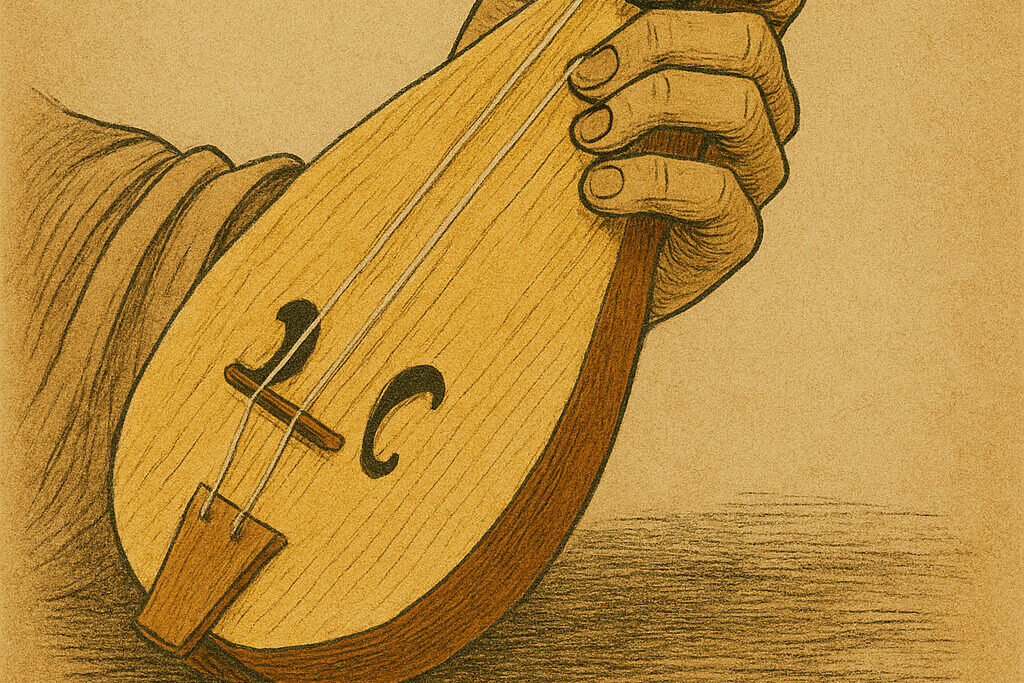I am referring to Leonardo da Vinci ’s portrait of Ginevra de’ Benci, his only painting to be found in the Western hemisphere. It is one of the greatest glories of the National Gallery in Washington D.C., and was purchased for a record five million dollars in 1967 from the princes of Liechtenstein. If you ever go to Washington, make sure you go see it. A few years ago, I was fortunate enough to see it in person during a special exhibit hosted by the Museum, and entitled “Ginevra de’ Benci and Renaissance portraits of women in Florence from 1440 to 1540.”
This portrait, oil on wood, is the best preserved of Leonardo’s paintings, though it was mutilated sometimes around 1780, possibly to eliminate portions that had been burned or ruined by water. It was cut some eight inches from the bottom and half an inch from the side. As it is now, it measures 42×37 cm. Not very large, but breathlessly beautiful.
The exhibit showed a digitally computer-generated view of the painting the way it may have originally looked. Indications were given by the back of the portrait, in which an ornamental oval wreath encloses the motto “Beauty adorns virtue,” referring of course to Ginevra’s virtue. Experts were able to reconstruct the size of the painting from the truncated wreath. The original also showed the arms and the hands of the sitter, which the exhibit showed digitally reconstructed, using a study of hands also by Leonardo.
In this portrait, the young woman stands in a natural setting, against juniper bushes, since her name, Ginevra, means juniper. Most art historians assign this portrait to the period of Leonardo’s youth, while he was still living in Florence, that is, around 1475. This painting made him famous and put him “on the map,” so to speak. He was then to receive great honors and commissions, first with the Sforzas in Milan, and then with Francis 1st King of France.
A great inventor, Leonardo made striking innovations even in the art of portraiture. Before this painting, portraiture of women was almost always in profile, a pose that made the sitter look to the side, rather than “immodestly” stare into the spectators’ eyes. Leonardo, instead, painted his female subjects in a three-quarter pose, looking straight at the viewer.
The young woman, according to Renaissance historian Vasari, was Ginevra de’ Benci, and this was probably her wedding portrait. She was to marry a man twice her age. She looks serene, virtuous, but not particularly happy. She is coifed modestly with her hair done up in a turbaned bun, with delightful curls escaping on both sides of her face. Her forehead is high: this was the fashion of the time, when ladies went to the extreme of plucking their hair or shaving their hair on the forehead. Ginevra sits at a three-quarter stance. She is attired in a plain, dark, every day dress, inexplicably devoid of jewels or sumptuous ornamentation. A dark scarf winds around her neck, coming down at the sides, since it was a law at that time that women should wear this type of covering. The lace chemise she wears under her corset is modestly buttoned up high. Her expressions is lofty or even haughty: her eyes appear to be looking slightly downward, and her eyelids are slightly closed, giving the impression that she is looking down at the spectator. Ginevra’s facial features are perfect, a thing that cannot be said of another portrait of Leonardo’s maturity, his celebrated Monna Lisa.
Another tradition tells us that Bernardo Bembo, the Venetian ambassador to Florence, fell in love with young Ginevra and commissioned this painting. He was also much older than she was, and we may surmise that the relationship was platonic, as many relationship in those times were, in the Petrarchan tradition. The portrait exalts symbolic and virtuous love, as indicated in the motto painted in the back of the painting. We do not know what happened to Ginevra in her later life, but one verse by her has remained, possibly written to, and for, Bernardo Bembo: “O ask forgiveness and I am mountain tiger.”
When the painting was restored in 1991, the juniper bushes became more vivid, and the water in the background (either from a river or lake) became brighter blue. Ginevra’s face appeared whiter, with an almost marble brilliance. She appears chaste, aloof and unapproachable.
While attending this exhibit, I was truly moved to tears to see a reproduction of Leonardo’s fingerprints, traces that he left on the paint mixed with brush strokes. The portrait of Ginevra de’ Benci foreshadows the greatness of the Monna Lisa, undoubtedly the most celebrated portrait of all times.






























